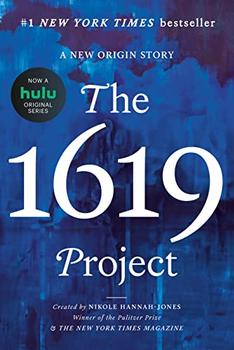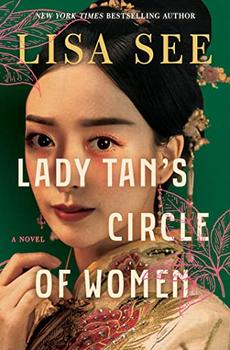Summary | Excerpt | Reading Guide | Reviews | Readalikes | Genres & Themes | Author Bio

Protecting the Emotional Life of Boys
by Dan Kindlon, Michael Thompson Ph.D.
Generally, people are fascinated when sex differences in brain functioning or biochemistry are discovered. If, for example, a researcher finds in a neuroimaging study that slightly different parts of the brain light up for men and women when they are doing a rhyming game, the findings make headlines. But when another similar study finds no sex differences, it often doesn't get reported. It's not news. The greater attention paid to the gender differences skews our view of reality. If we had to sum up all the scientific work on sex differences in one finding, it would be that men and women are a lot more the same than they are different.
When research does offer us fascinating glimpses into the science of boys and gender differences, the information is too often misrepresented to the public or oversimplified, then accepted as a truth--however flawed--about boys.
Testosterone, for example, has become a buzzword for masculinity and a popular explanation for all boy attributes. A parent tells us that her two sons "fight constantly," but she feels it's futile to intervene. "It must be testosterone," she says with a shrug. Referring to some rowdy students in her gym class, a teacher says: "They're just testosterone-crazy boys."
Testosterone's reputation, however, goes far beyond any grounding in scientific literature. A recent review of scientific studies of preadolescent and early adolescent boys concludes that the research literature "provides no evidence of an association between testosterone and aggressive behavior." One example, a study done at the Bronx Children's Psychiatric Center in New York, measured the testosterone levels of the center's most violent young boys.
The researchers found that none of the boys had blood levels of testosterone that were outside the normal range or were significantly different from those of a group of nonaggressive children of the same age and race to whom they were being compared.
Although scientists have yet to discover the extent to which testosterone shapes brain development before birth, we know that before and after puberty, the amount of testosterone in the bloodstream does not cause aggression. For example, all normal boys experience a huge surge of testosterone in early adolescence, but they do not all display increased aggression. Gender differences in aggressive behavior can be observed as early as eighteen months and throughout early childhood, and yet testosterone is present in boys and girls in roughly the same amounts before the age of ten.
Blood levels of testosterone are not stable. Although a man may inherit a certain baseline level of testosterone, that level was never meant to be locked in place. Levels vary considerably over the course of the day, and, most important, they vary according to what happens to a person. For example, research shows that if a man wins a tennis match, or even a chess game, his level of testosterone rises and remains elevated for some time. The loser? His testosterone level falls. The typical action of a hormone is to change over time in response to environmental events--testosterone is no different. In many cases where high levels of testosterone are measured, they are the effect of aggression rather than the cause of it.
Anthropologists offer evidence that further discounts the power of testosterone's role in aggression. The Semoi of Malaysia are one of the most peaceful societies known. Men don't fight one another; husbands don't beat their wives; parents don't hit their children. What's more, the Semoi children seldom fight among themselves. Assault, rape, and murder are virtually unknown. The Semoi believe that aggression is dangerous and that aggressive thoughts or even unfriendliness puts a person at greater risk for getting sick or having a bad accident. Thus, their children learn from a very early age that nonviolence is the way of the world.
Within North America, culturally distinct groups such as the Hutterite Brethren, the largest and most successful Christian communal group in the United States, or the Amish, have been astonishingly peaceful, perhaps more so than any other of the peaceful societies known to anthropology. For over 350 years no Hutterite living within his own community has slain another community member.
Excerpted from Raising Cain by Dan Kindlon and Michael Thompson. Copyright© 1999 by Dan Kindlon and Michael Thompson. Excerpted by permission of Ballantine, a division of Random House, Inc. All rights reserved. No part of this excerpt may be reproduced or reprinted without permission in writing from the publisher.






Your guide toexceptional books
BookBrowse seeks out and recommends the best in contemporary fiction and nonfiction—books that not only engage and entertain but also deepen our understanding of ourselves and the world around us.